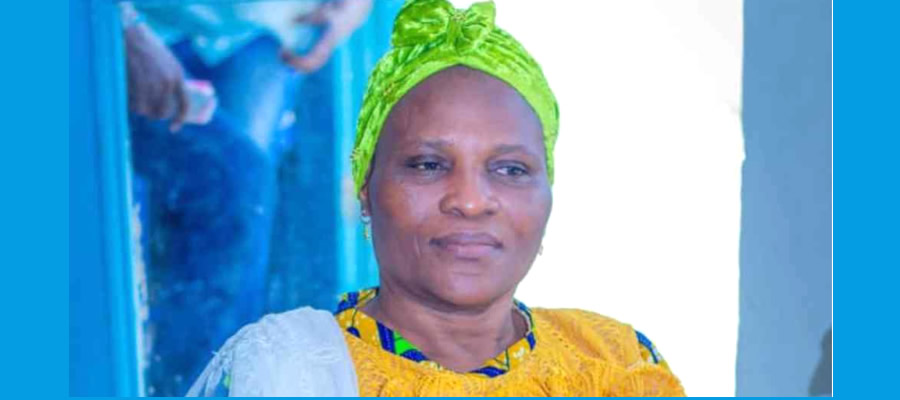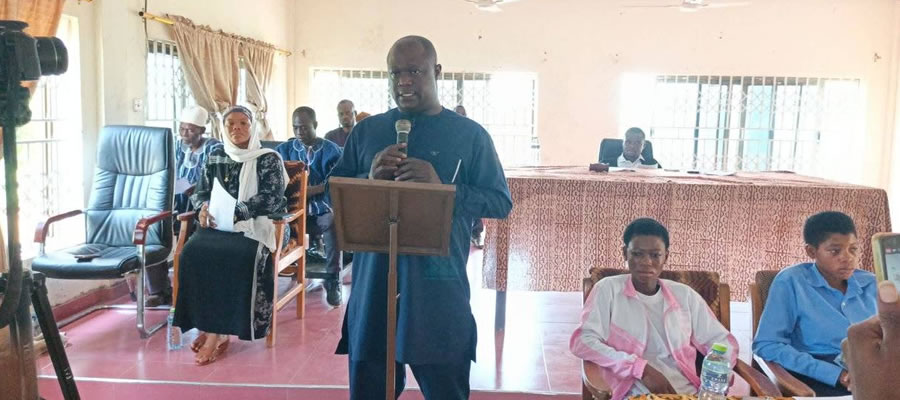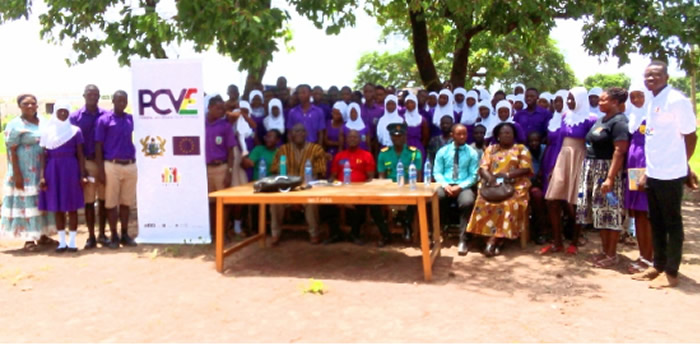
HOUSEHOLD SIZE, STRUCTURE AND COMPOSITION
Introduction
The 2010 Population and Housing Census (PHC) defines household as a single or a group of persons who lived together in the same house or compound and shared the same house keeping arrangement and are catered for as one unit. A household has a head who may be a male or female member of the household and who is recognised as head by the other members of the household regardless of age or sex. The head of the household is the person who has economic and social responsibility for the well-being of household members
Household Composition and Structure
Household composition and structure in Ghana has a common feature in that the heads are predominantly male. Figure 4.1 portrays household composition in the Upper West Region. It shows that household heads constitute 15.0 percent of total household composition while spouses and children constituted 55.5 pecent of all households. The rest (28.5%) were made up of parent/parent–in-law, son/daughter-in-law, grandchildren, brothers/sisters, step children, adopted/foster children, other relatives and non-relatives.
Table 4.1 shows that there are four major components of the household structure in Ghana, namely: household heads (15.0%), spouses (10.0%), children (45.5%) and other relatives (28.5%).
The fact that other relatives constitute a significant proportion of household members suggests that the extended family system persists in Ghana and is common in the Upper West Region where extended family members live with the nuclear family.
More than four-fifths of household heads (83.1%) were between ages 15 and 64. Similarly, 93.9 per cent of spouses were between 15 and 64 years. Almost two-thirds (63.9%) of parents and parents-in-law were 65 years and over. The ages of children and grandchildren were between 0 and 14 years.
Household Headship
Table 4.2 shows that in the region, male-headed households constituted about three-fourths of all households, or about three times as many as female-headed households. Among the districts, the proportion of male-headed households ranged from a high of 87.1 percent in Wa East to a low of 72 3 percent in Lambussie Karni. Nadowli had the highest proportion of female-headed households (32.0%).
Comparatively, male headed-households in urban areas were twice as many as female-headed households in the region and in the districts. For instance, in the Wa Municipality, the proportion of households headed by males in urban areas was higher (69.7%) than female-headed households (30.3%). In rural areas, the gap is even wider (78.1% to 21.1%). For the region as a whole, male-headed households are 77.4 percent while female-headed households are 22 6 percent of the total.
Household Size
Table 4.3 provides data on the distribution of households according to size of household. For the region as a whole, single-person households formed a low of 7.3 percent of total households while household sizes of 10 or more persons constituted the highest proportion – 17.2 per cent – of total households. Wa West had the largest proportion of households of 10 or more (22.6%), followed by Sissala West (21.8%) and Lambussie Karni (20.9%). Wa Municipal reported the lowest proportion (14.3%) of households with 10 or more persons.
Across districts, Wa Municipality recorded the highest percentage of single-person households (12.3%) while Wa East (3.5%) had the lowest. Wa Municipal also had the highest proportion of two-person (12.7%) and three-person (11.6%) households while also having the lowest proportions of larger sized households (ranging from 6 to 10+ persons).
Date Created : 11/28/2017 8:07:58 AM












 facebook
facebook
 twitter
twitter
 Youtube
Youtube
 +233 593 831 280
+233 593 831 280 0800 430 430
0800 430 430 GPS: GE-231-4383
GPS: GE-231-4383 info@ghanadistricts.com
info@ghanadistricts.com Box GP1044, Accra, Ghana
Box GP1044, Accra, Ghana